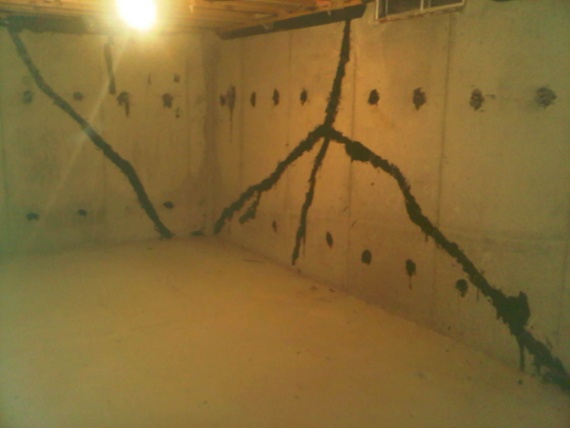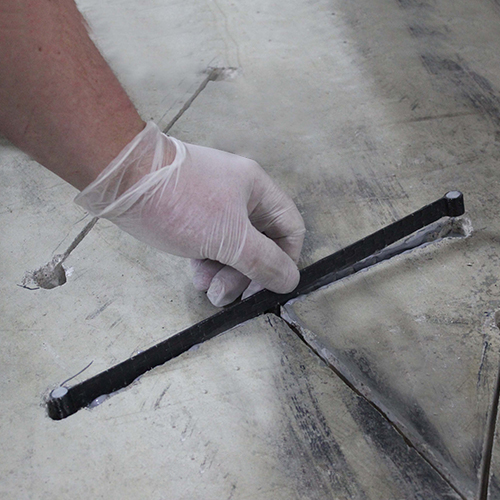


For example, it was shown the promotion effects of Fusarium oxysporum f. Therefore, it is supposed that mycoherbicides used along with other biological and mechanical methods of plant protection might make a more positive impact on restoring native plants population than chemicals. Herbicide contamination also can cause deleterious effects on soil biota. Therefore, the presence of particular arbuscular mycorrhizal fungi may determine the success of their invasion. Invasive plants do not only displace the indigenous species, but also change soil biota over considerable territories. Mycoherbicides are mainly used to prevent and control the spread of such worst parasitic weeds as Orobanche, Phelipanche, Striga and Cuscuta. Ĭurrently, it highlighted 18 of the most serious weeds in agriculture and 50 troublesome ones in cultivated crops, pastures and waterways. Bioherbicidal efficacy also can be improved using bio-based formulation. For example, it was demonstrated that the bioherbicide Myrothecium verrucaria (7.5 × 10 12 spores/ha) used along with mowing allows to quickly eradicate kudzu ( Pueraria montana var. The biological herbicides are more effective when they are incorporated into integrated weed management programs. Efficacy of mycoherbicide strategy depends on thorough understanding of host-pathogen-environment interactions. synthesis), requirements to storing and application conditions, etc. singular), manufacturing methods (fermentation vs. There are significant differences in their origins (biological vs. This is partly because the biological herbicides as distinct from chemical preparations are not “stand alone” products. Dispute raged, and still rages today, about whether “Have bioherbicides come of age?”, “What is they really contribution to crop protection?” or “Athletes foot or Achilles heel?”. More than half a century had passed since the first mycoherbicide was registered. ĭespite biocontrol efficacy is generally lower than application of pesticides, biologicals have some advantages over chemicals: (1) biopesticides can be used for resistance management, especially since may have multiple modes of action, which would reduce the chance of resistance occurring in a particular crop pest (2) many biopesticides have no or low restricted entry intervals, meaning that post-application, restricted entry into the field is very low and there are often no limitations prior to harvest and (3) there are generally exemptions of biopesticides from maximum residue limits because they are considered acceptable and relatively safe. There are a few mycoherbicides among biopesticides registered in the last years. The development of weed biocontrol is stimulated due to their increasing resistance to chemical herbicides and slow down development of novel herbicidal active components with new mode of action. With gradual increase of restrictions for use of chemical pesticides, the role of natural regulators of pest organisms including weeds and invasive plants will grow up. However, the positive reply to the question, if biopesticides including mycoherbicides, will become a serious alternative to agrochemicals, will be possible when they demonstrate stable efficacy in the field conditions and safety for both environment and end users. Third, based on studies of biochemical mechanisms of viability of fungi in extreme environment, the approaches of stabilization and storage of fungal propagules were developed. Second, the construction of bioreactors, in particular, for solid-state fermentation is continuously being improved that allows producing highly stress tolerant fungal aerial conidia. First, more attention is paid for production both effective and stress tolerant propagules especially based on the submerged fungal mycelium and its modifications (blastospores, chlamydospores and microsclerotia). The analysis of research data published within last 20 years showed following trends. Advanced studies on the production and stabilization of mycofungicides and mycoinsecticides were analyzed too in order to obtain ideas for the improvement of efficacy and technology of mycoherbicides in the future. The review is devoted to connections between fungal biology, biochemistry, their ability to survive in extreme environment and development of effective mycoherbicides. Despite the urgent need for alternatives to chemicals in plant protection, biological herbicides are not widely used as biofungicides and bioinsecticides.


 0 kommentar(er)
0 kommentar(er)
